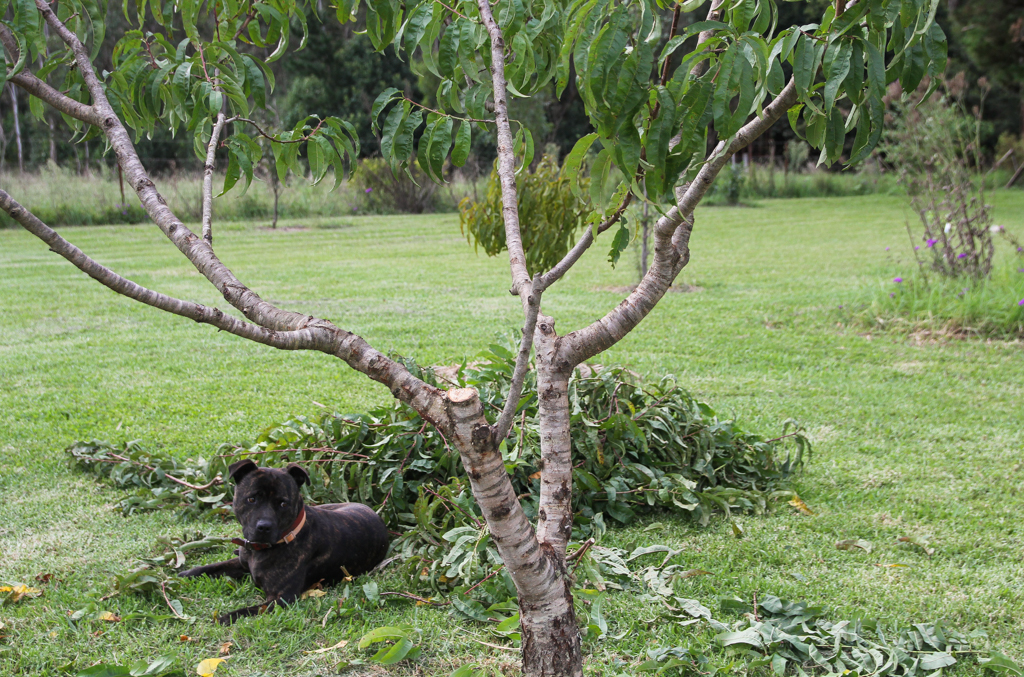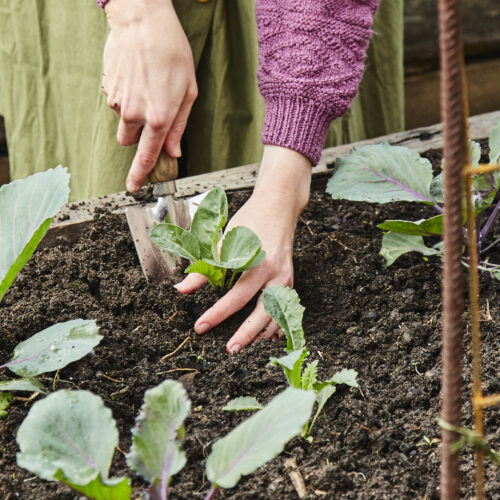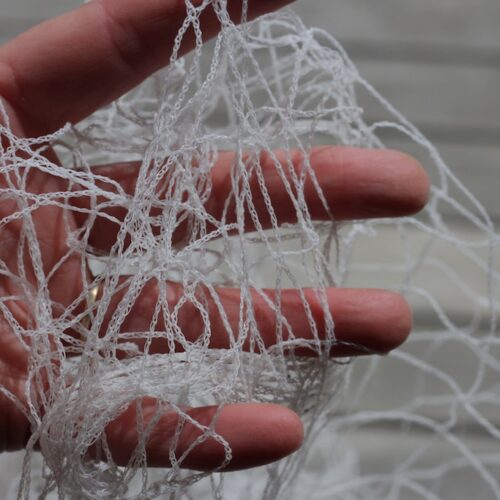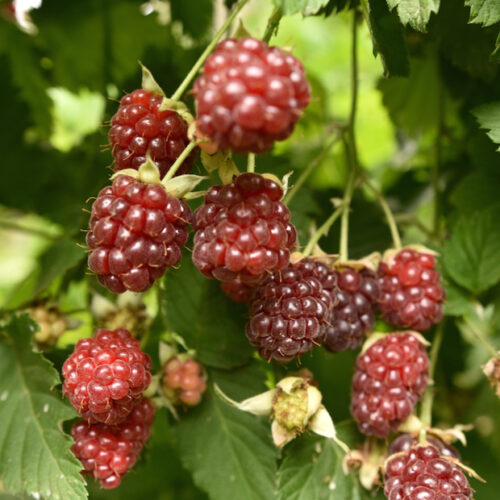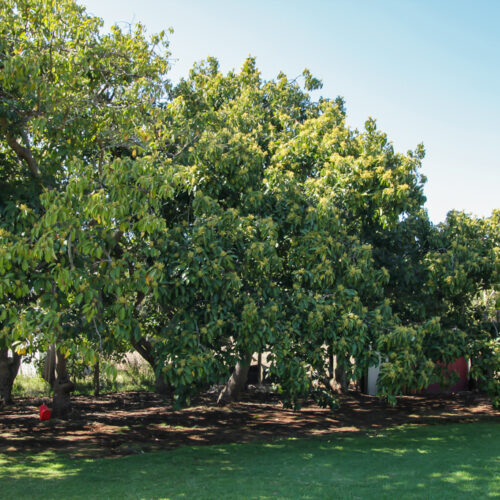Jobs for February
2015-02-02T23:41:00+11:00
Despite wearying of summer and longing for autumn, JUSTIN RUSSELL gets stuck into some February pruning.
By February, I’ve grown a bit weary of summer and eagerly anticipate the first crisp night of autumn. If someone offered me a job sitting around on my bum all day in February waiting for the season change, I’d probably take it. But in reality this month is one the the busiest in the garden, so it’s head down bum up as I clean up the garden for late summer and get things ready for the slowing season ahead.
Pruning is a vital February job especially for those of us growing fruit. Peaches, nectarines, Japanese plums and apricots are prime candidates for a late summer prune. A haircut now stimulates the growth of new branches that will go dormant in winter, then produce next summer’s fruit. The ideal time to prune these trees is just after the crop is picked. Cherry trees produce long, whippy shoots in spring. These can be cut back by half. European plums bear on older wood, so they can have all their current season’s growth cut back to the main branches.
Apple trees can also be pruned now. People always question this advice, pointing out that there’s still a crop on the tree and pruning the fruit off would be a waste! Don’t worry. I don’t want to you to remove hard earned fruit. Instead prune new growth that has formed this season. Cut it back to two buds from a main branch, and you’ll develop fruiting spurs for future crops. Make sure you remove any suckers growing from below the graft union of the tree, and to prevent the spread of disease, always sterilise your pruning gear between each tree using straight metho.
Brown rot is a major fungal disease affecting many different fruits, but it has a special preference for stonefruit. It’s too late to spray now, but you can reduce the rate of reinfection next summer. While you’re pruning, pick off any “mummified” fruit that is covered with a furry, brown disease. The has been affected by brown rot, and if you leave the fruit on the tree, spores will simply hang around over winter and perpetuate the problem. Put the mummies in a plastic bag and bin them. In late winter, spray trees with copper hydroxide just before bud burst.
Stinkbugs and scale may be building up in numbers on citrus trees. The former can be flicked off the tree into a bucket of soapy water. They can’t swim. They can, however, cause eye damage with their caustic secretions, so wear sunnies or goggles as protection. Scale can be controlled by spraying with horticultural oil – a few applications might be required to get the problem under control. If your trees are suffering a severe outbreak, you might need to scrub the branches with an old toothbrush to remove the pests. Well fed citrus trees are generally resistant to pests. If your tree is continually suffering, reconsider your fertilising schedule.
Have you considered planting a fig tree? The fruit is in season at the moment and it truly is nectar of the gods. The good news is that the trees do well in a very wide range, thriving in all climate zones except the tropics. Fig trees are self fertile, highly ornamental and tough. In fact, the old rule of thumb when caring for figs is to treat them a bit mean. Don’t over fertilise or over water and you should get decent crops just a few years after planting.
If your area has had summer rain your lawns will probably be growing faster than Jack’s beanstalk. Fast growing lawns equal lots of clippings. Don’t, for goodness sake, throw them in a green waste bin and let fertility leave your garden. Instead, use them to enrich your soil by composting in a heap containing a good mix of materials, or by simply applying as a mulch. The trick when using clippings this way is to never apply them too thickly. Just a thin, 3cm layer is plenty. The clippings will break down fairly quickly, adding organic matter to the soil and creating habitat for fertility building micobes.

